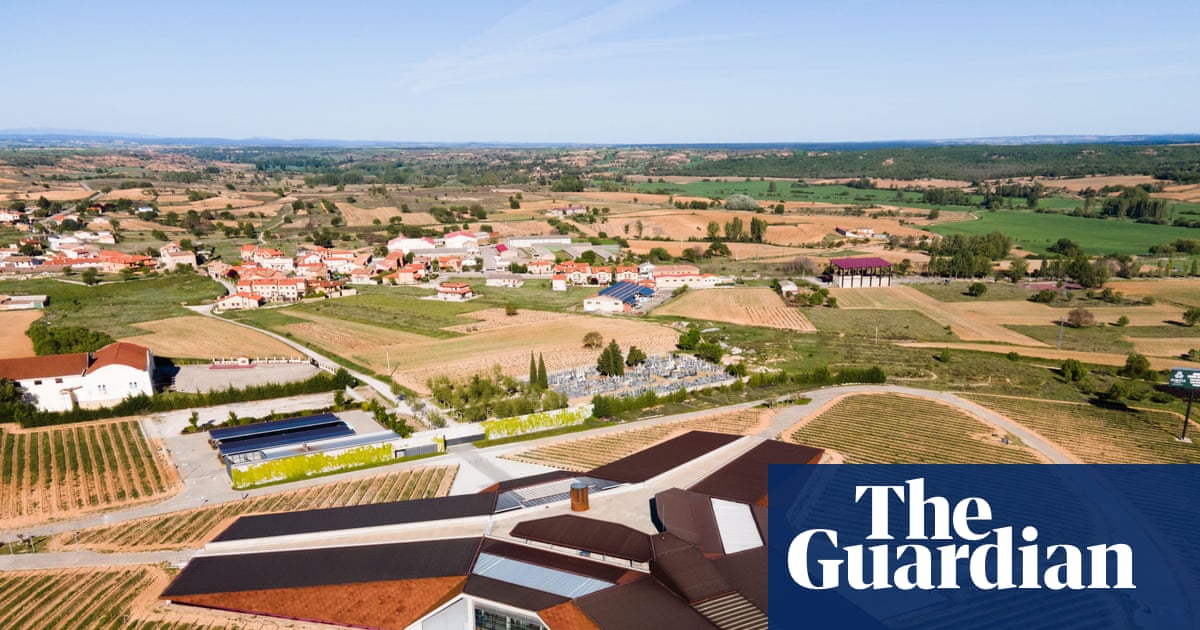Architectural Innovation Meets Traditional Wine Culture in Northern Spain
In a remarkable blend of modern architecture and centuries-old tradition, the Ribera del Duero wine region in Spain's Burgos province is experiencing a tourism renaissance, similar to how sustainable tourism initiatives are transforming destinations worldwide.
The region's crown jewel, Bodegas Portia, designed by Norman Foster, stands as a testament to architectural innovation. This futuristic trefoil-shaped structure, dubbed the 'wine cathedral' by locals, seamlessly integrates with the landscape while honoring traditional winemaking methods.
Cultural Preservation Meets Modern Innovation
The preservation of cultural heritage, much like the efforts seen in traditional value preservation initiatives, is evident in the region's network of ancient wine caves. These underground cellars, dating back centuries, demonstrate sustainable climate control methods that modern architects now embrace.
Tourism and Cultural Fusion
The region is experiencing increased tourism interest, particularly in Gumiel de Izán, where the baroque Iglesia de Santa Maria draws comparisons to Jordan's Petra. This cultural fusion mirrors successful initiatives like the cross-cultural artistic collaborations seen in contemporary performances.
Sustainable Practices and Innovation
- Underground wine storage utilizing natural temperature control
- Integration of modern architecture with traditional methods
- Community-driven tourism initiatives
- Preservation of cultural heritage sites
Economic Impact and Future Prospects
Since gaining appellation status in 1982, the region has seen remarkable growth, expanding from nine wineries to over 300. This development has created new employment opportunities while maintaining traditional practices, demonstrating how cultural preservation can drive economic growth.
"We need both traditions and youthful innovation," explains Cristina López Nuñez, highlighting the balance between preserving heritage and embracing modern approaches.
